Technology Derived from Oyster Shells
From Shell...

to Shelf...
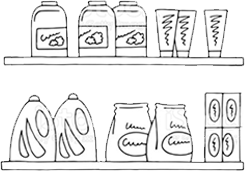


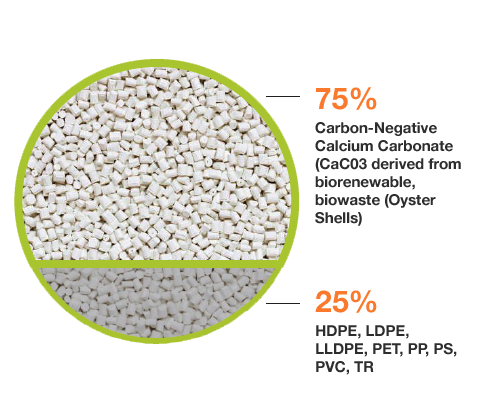
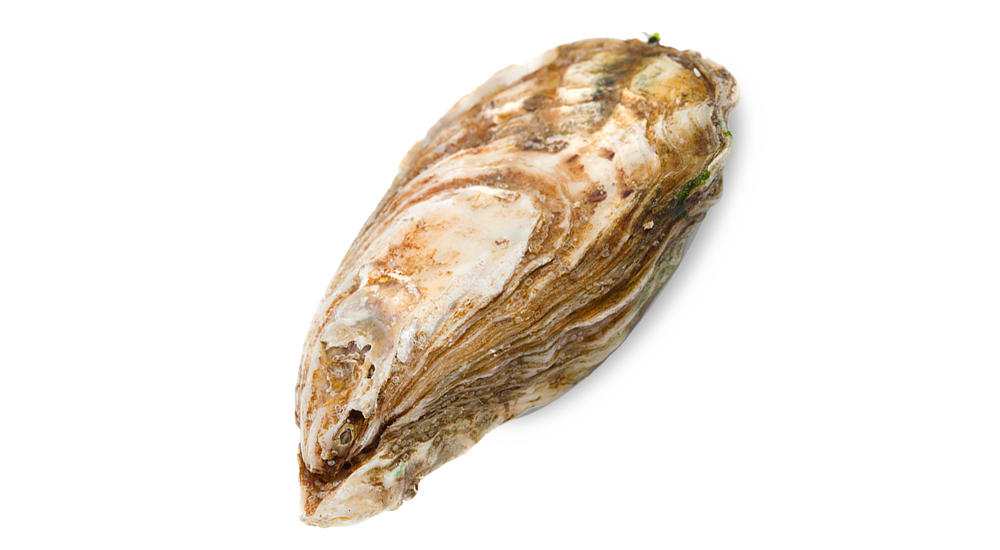
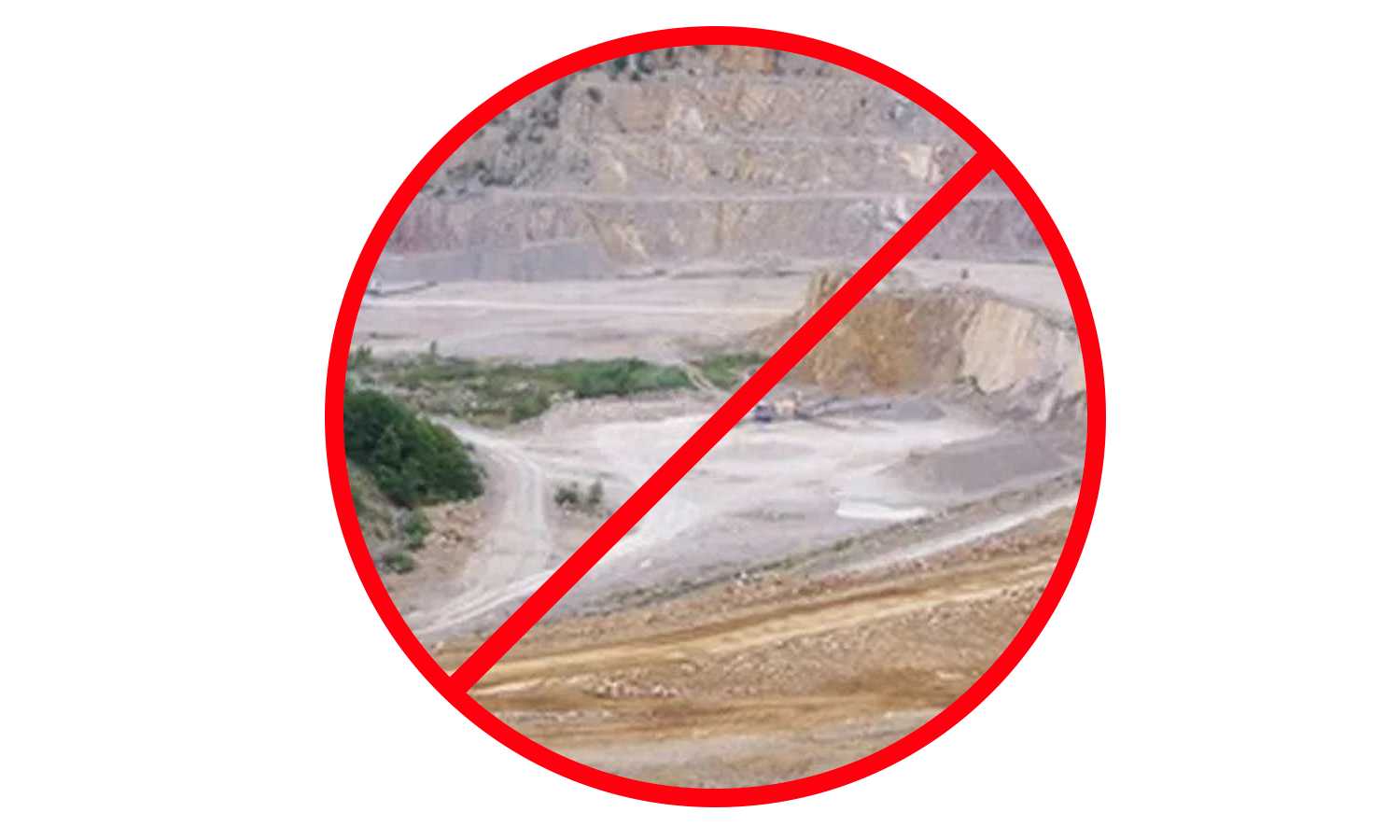
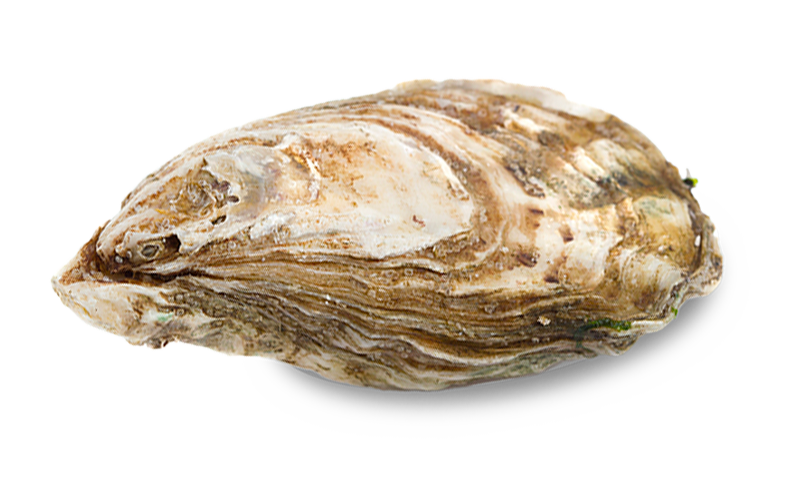
Biorenewable? Yes
Biogenic Carbon % (C-14) 100%
Fossilized Carbon % (C-12) 0%
Carbon Negative/Positive? Negative
Extraction Harmful to Environment? No
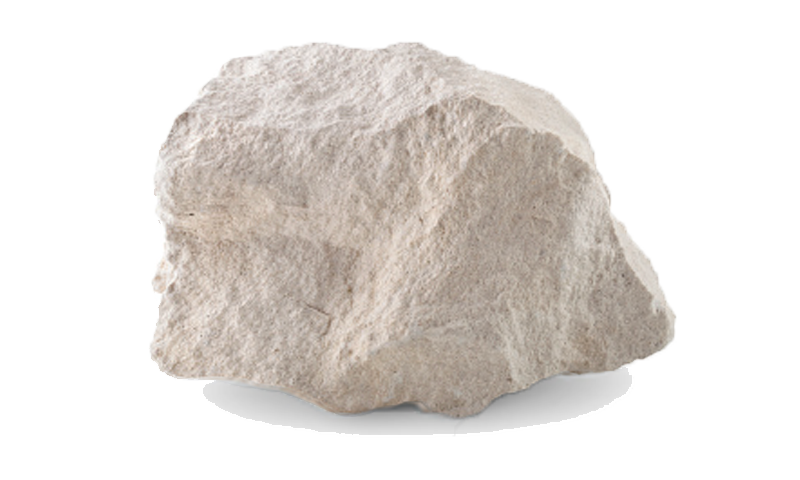
Biorenewable? No
Biogenic Carbon % (C-14) 0%
Fossilized Carbon % (C-12) 100%
Carbon Negative/Positive? Positive
Extraction Harmful to Environment? Yes
*Savings estimates based on utilizing Oysterplast 75 Composite Resins. CO2 emissions reduction estimates are based on a third-party Cradle to Gate Life Cycle Assessment conducted in November 2022.

The materials in our products are GRAS (Generally Recognized As Safe) by the FDA and are safe to be used for direct and indirect food and beverage contact.
“GRAS” is an acronym for the phrase Generally Recognized As Safe. Under sections 201(s) and 409 of the Federal Food, Drug, and Cosmetic Act (the Act).
If you are interested in working with us to achieve a cleaner future, we’d love to hear from you.